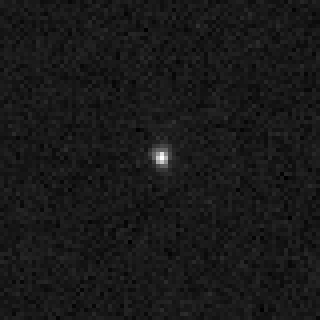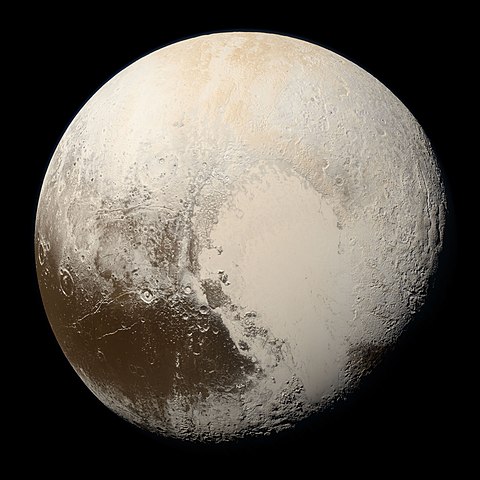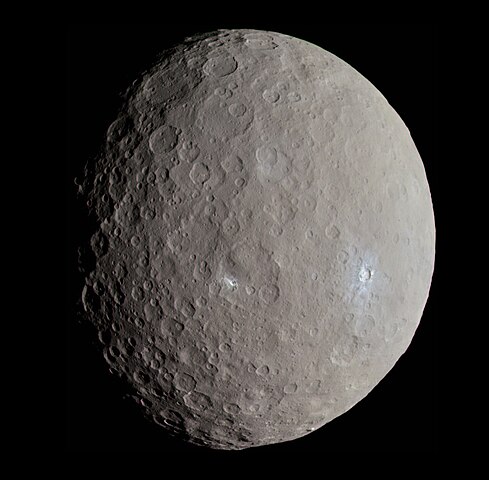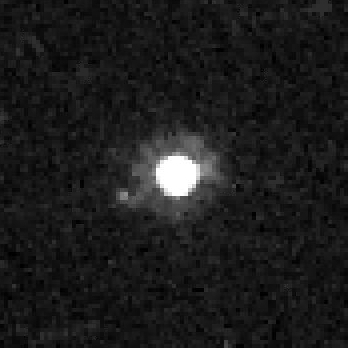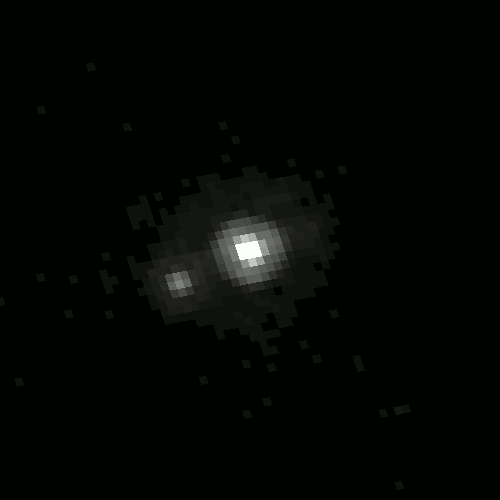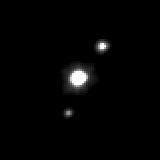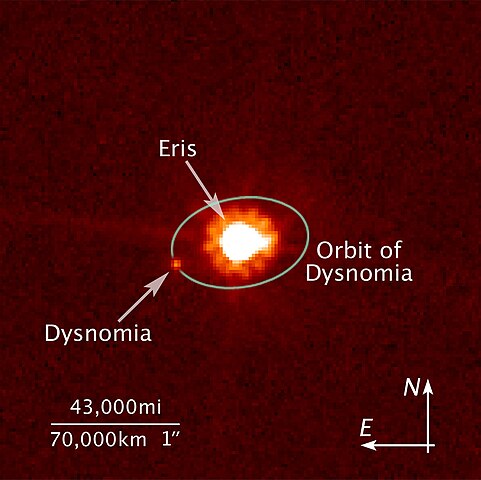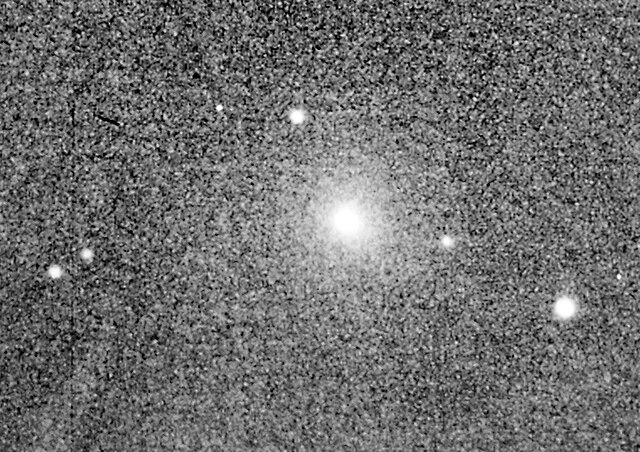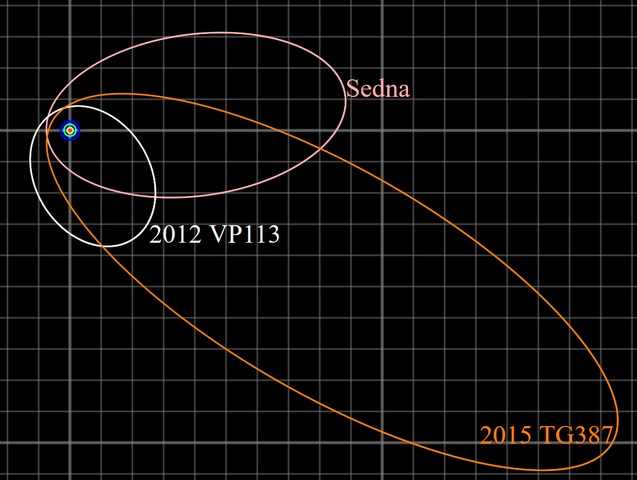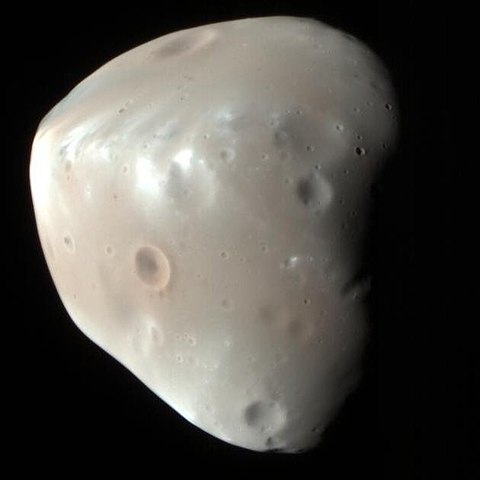1 day / second
0.5 AU
90377 Sedna
Dwarf Planet
A distant dwarf planet with an extremely elongated 11,400-year orbit that takes it between 76 and 937 AU from the Sun, making it one of the most remote known objects in the Solar System.
Key Facts
orbital regime | Inner Oort Cloud |
learn more | Wikipedia |
mass | 2.5000e+21 kg |
radius | 453 km |
hill radius | 0.057 AU |
semi-major axis | 506 AU |
eccentricity | 0.85 |
inclination | 11.931º |
longitude of the ascending node | 144.248º |
argument of periapsis | 311.352º |
orbital period | 11,382.146 years |
surface gravity | 0.083 g |
class | sednoid |
discovery date | November 14, 2003 |
discovered by | Michael E. Brown, Chad Trujillo, and David Rabinowitz at Palomar Observatory |
name origins | Named after Sedna, the Inuit goddess of the sea and marine animals |
albedo | 0.07 |
material composition | Believed to be a mixture of rock and ice |
